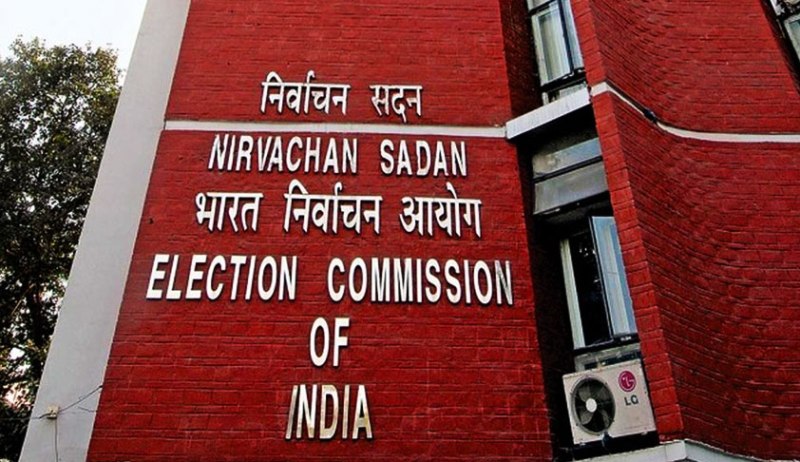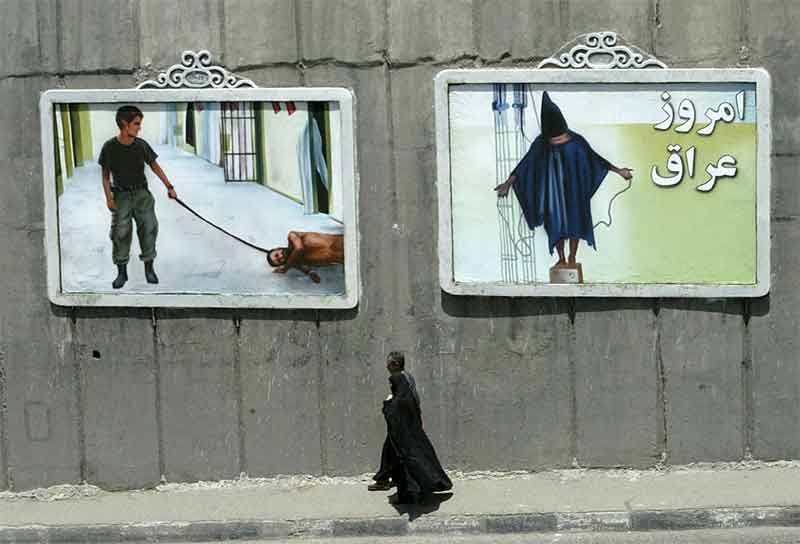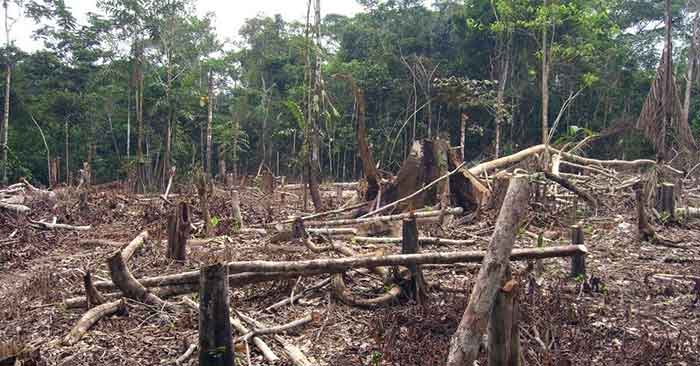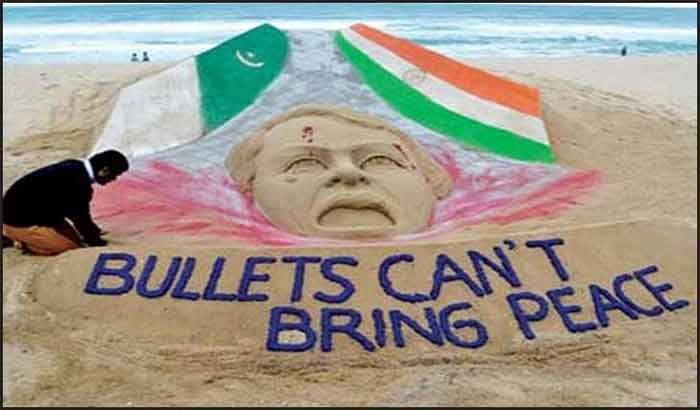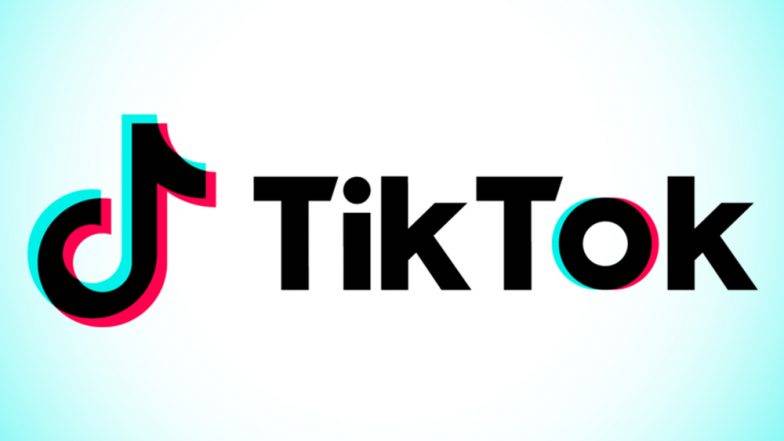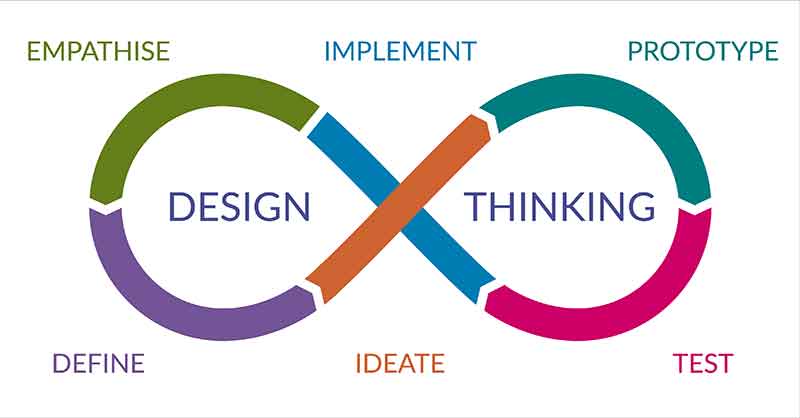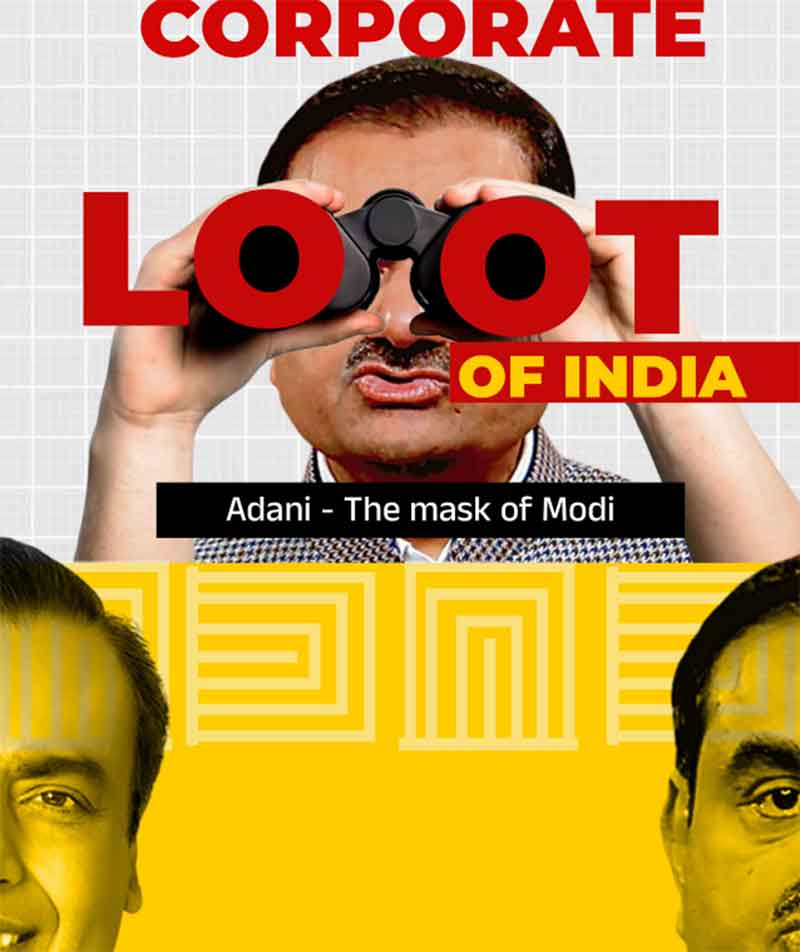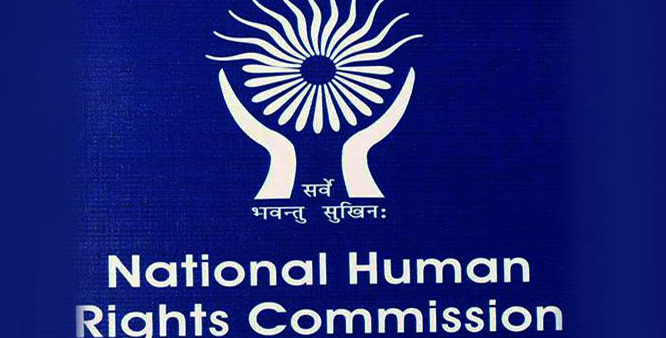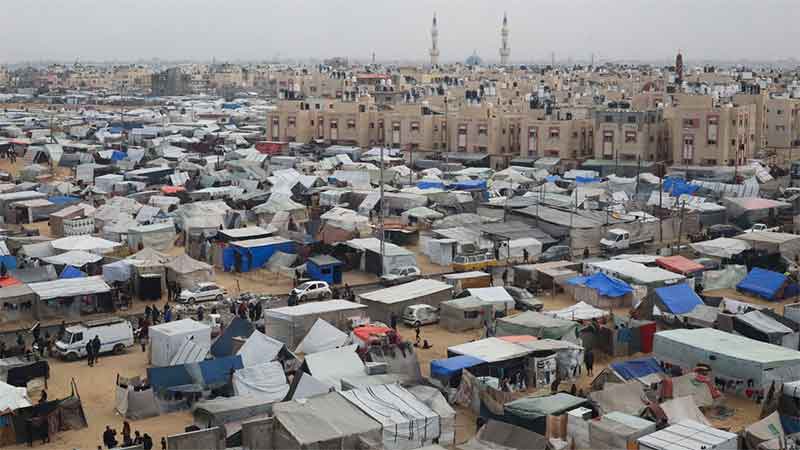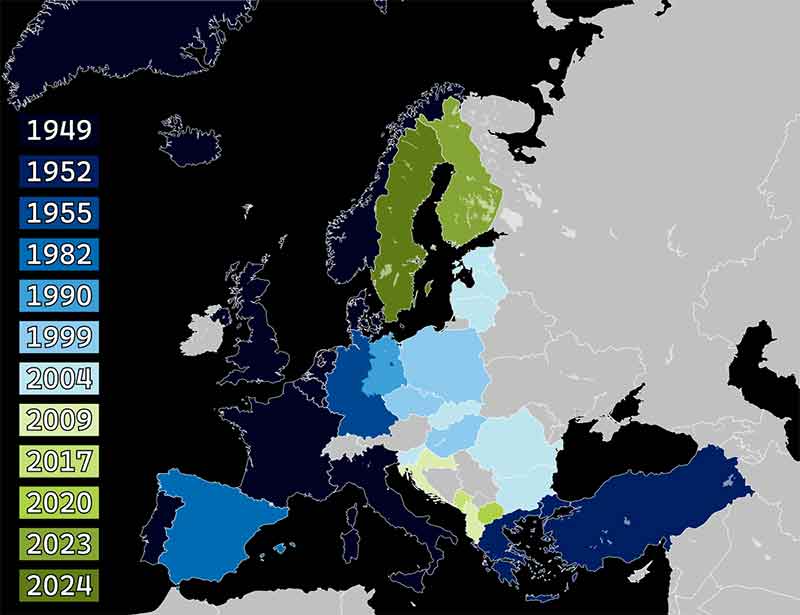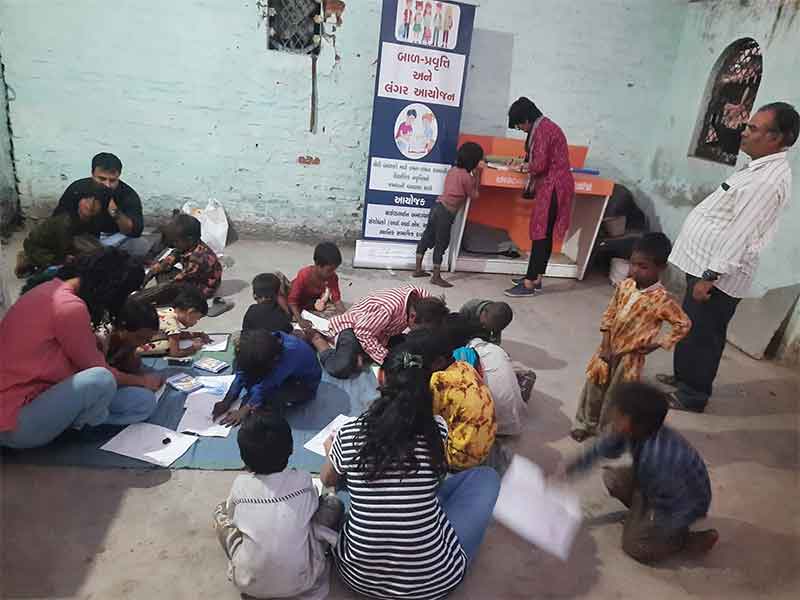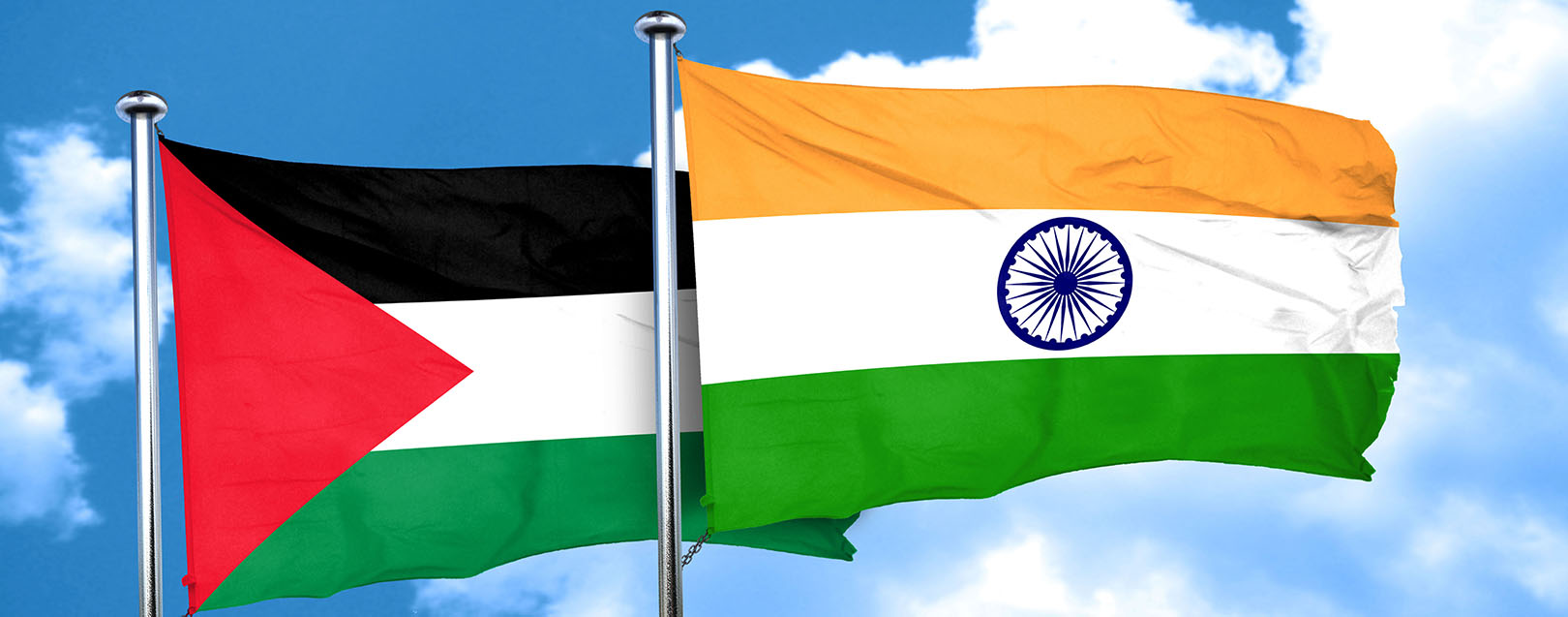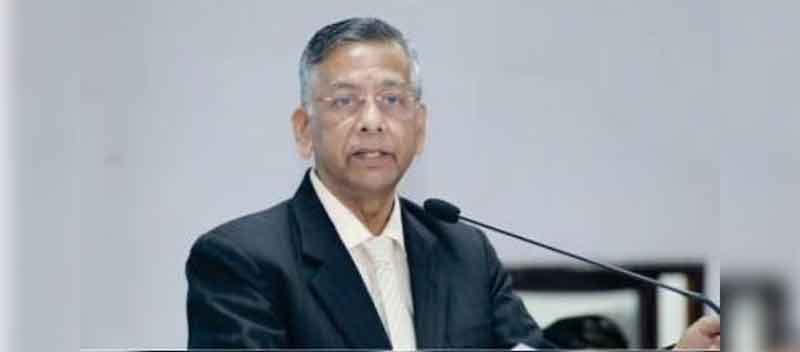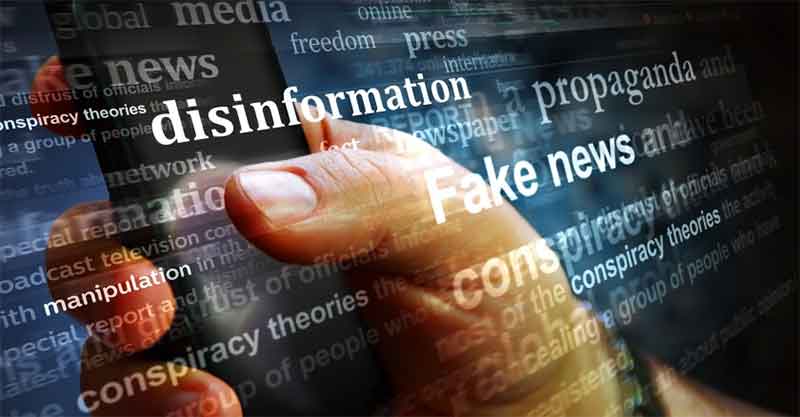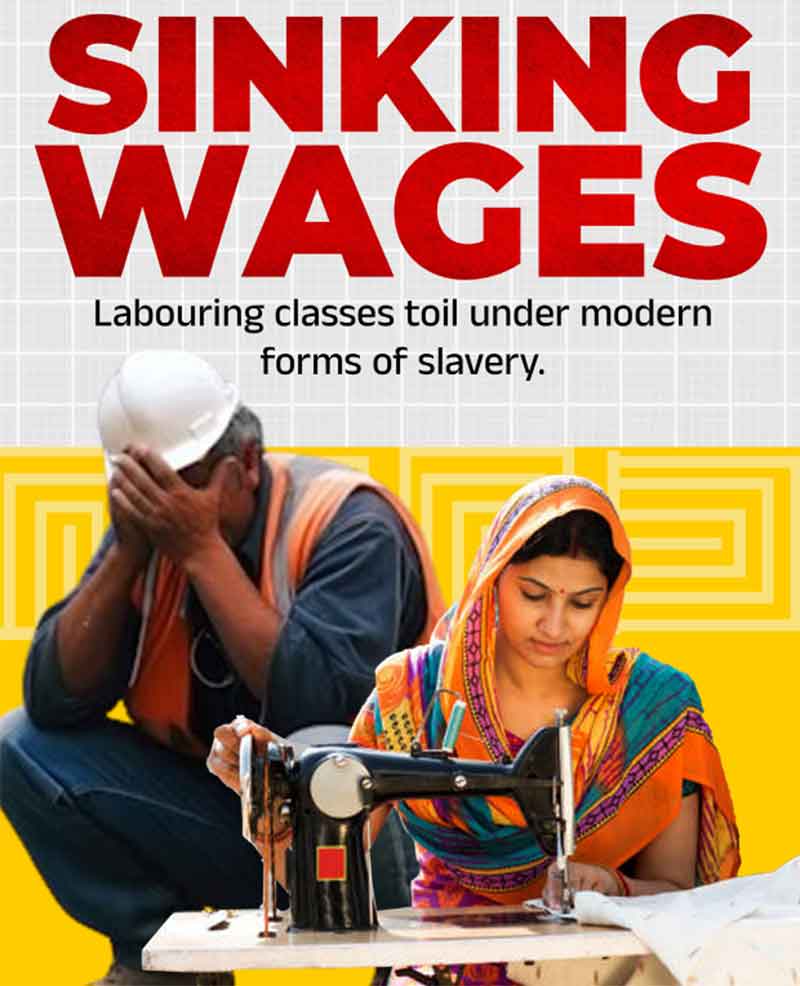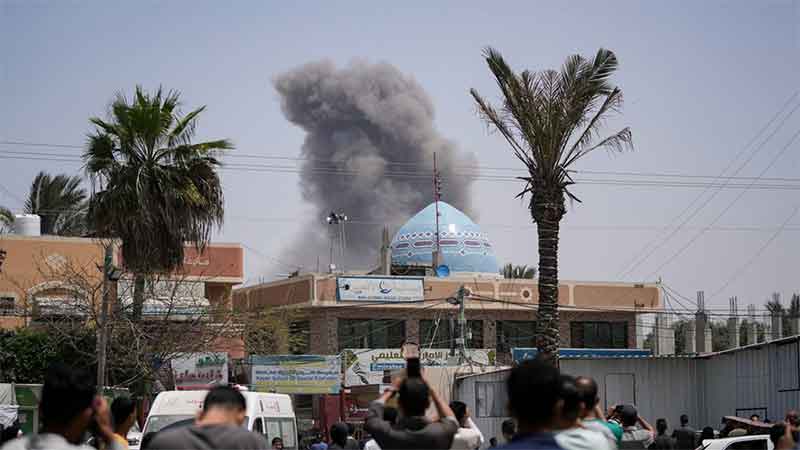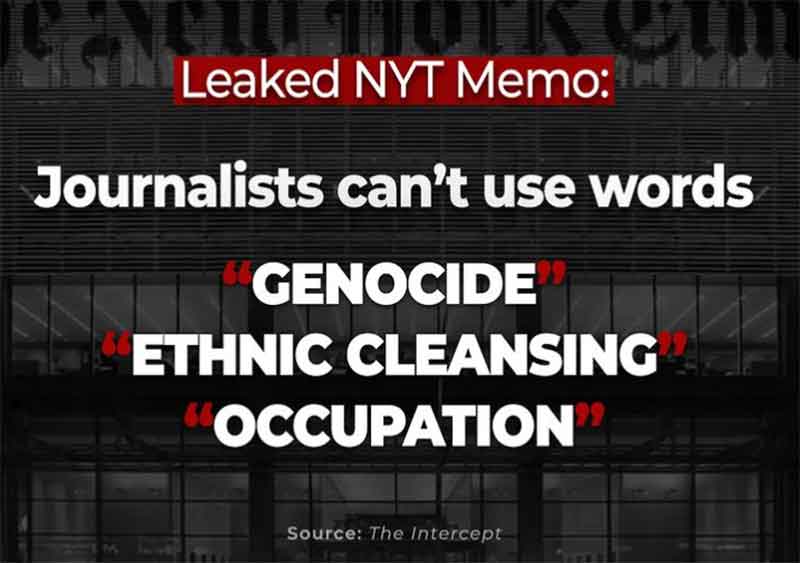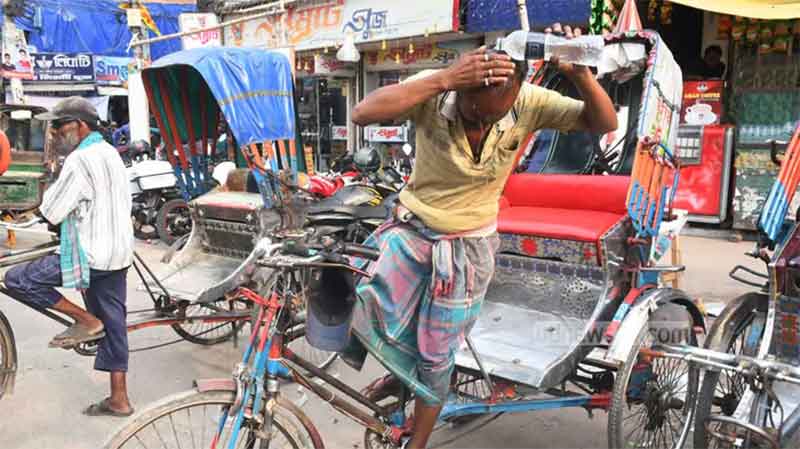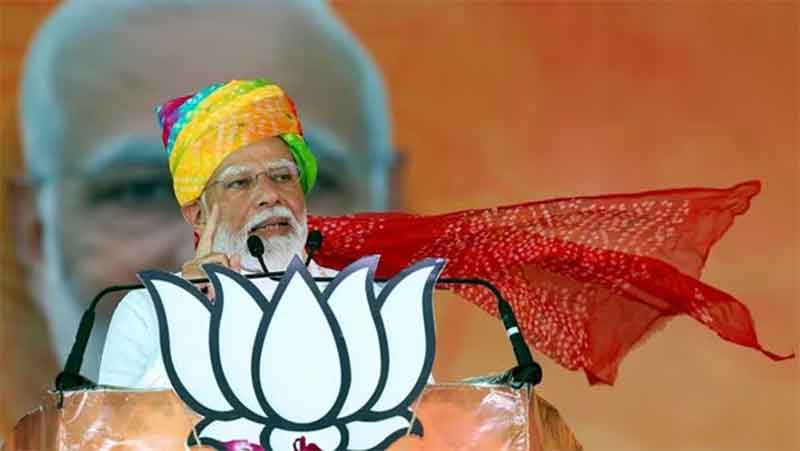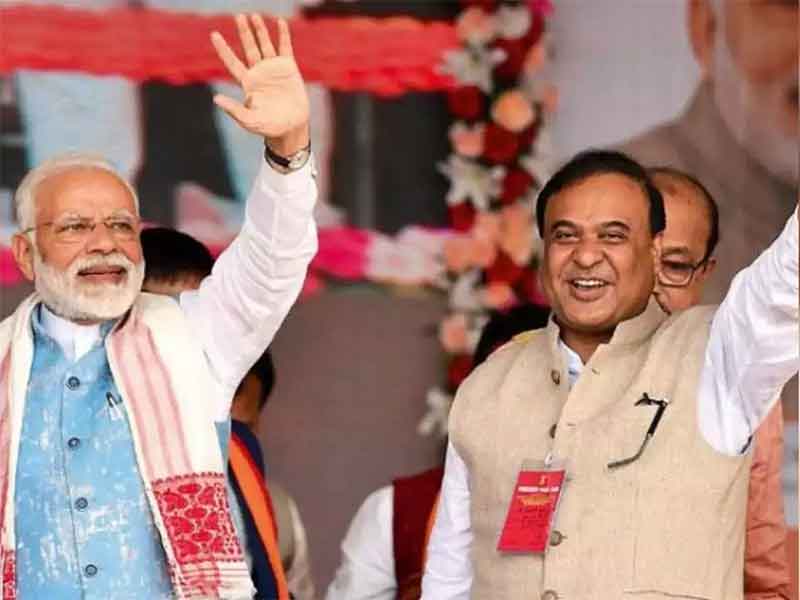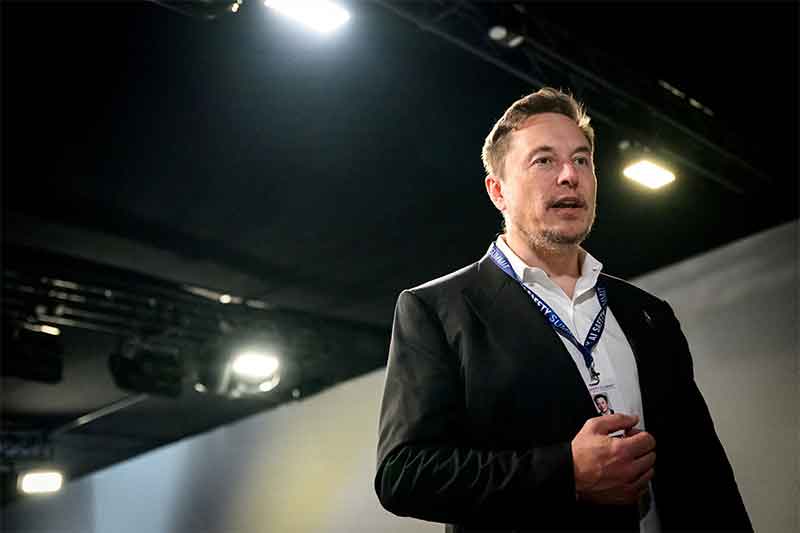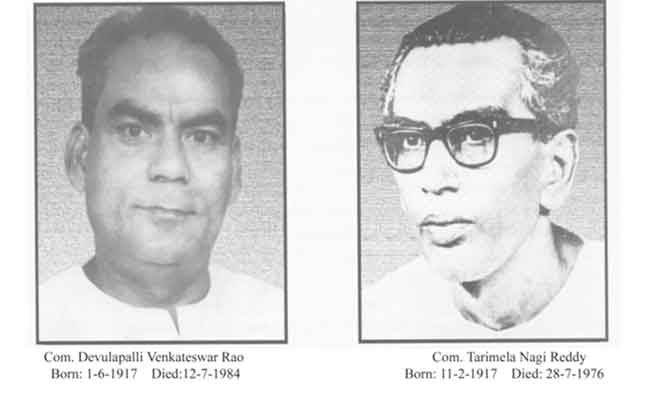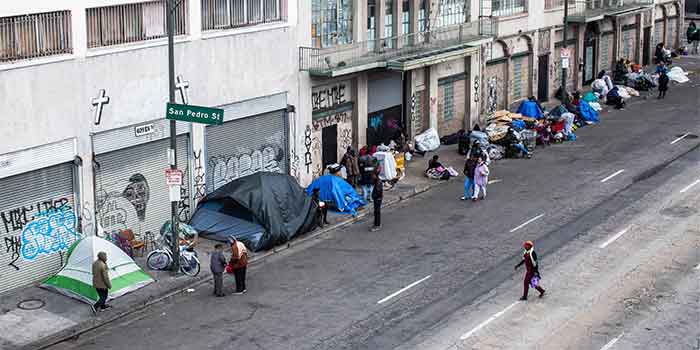by Prof Raashid Nehal & Zain Mohammad Sulaiman
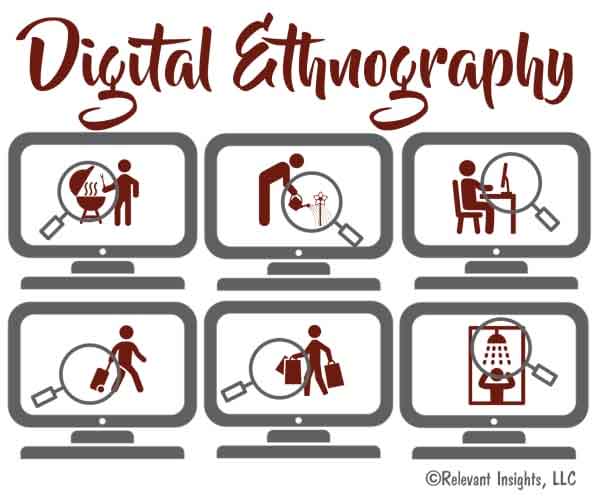
What do we understand about digital ethnography?
Digital or Virtual Ethnography is using online digital resources and data for reporting and documentation often used by media professionals. Media professionals access different dimensions of online data done on different digital platforms such as making videos for YouTube or sharing photos on Internet services such as Flickr, Instagram, Facebook, Twitter and other digital platforms. Digital ethnography was first introduced by media professionals only, so as to conceptualize the internet as a new kind of social space.
Digital Methodology (DE)
Recent research in the field of digital ethnography has relied more on digital resources to report information, and to shape our opinions. This is because of the post-pandemic phenomena too. But there emerges only partial truth in reporting based on digital resources and online data availability. While the emphasis is always on authentic data generation for doing effective reporting, the digital methodological tools used as part of digital ethnography do not give a foolproof direction as to how a report can be authenticated based solely on online data. The methodology brought to the fore the issue of the efficacy of DE methodology as a reliable measure even then is an advantage of quick access to the digital data. Digital Ethnography stays disconnected with ground level reporting. Though there is a ubiquity or deluge of digital data, yet the issue of opacity of data transfer cannot be ruled out. Little is researched how this digital medium exploits the data for an authentic reporting. While the attempt by DE media platform is to institutionalize and extend its outreach, it is by no means the autonomous measure of strengthening the credibility of data ecosystem such as the credibility of official data obtained through NSO, CMIE, National Council for Applied Economic Research or Lok surveys, National Family Health survey .
Digital Ethnography Divide
In the wake of recent UP Election announcements, restrictions on physical rallies for political parties had benefitted some parties who have strong digital access and resources to activate their campaign. Within a ringside view of digital campaign, BJP always has an edge over the less-resourced party like SP or congress or any other. Till the first week of January, many parties like Congress or SP were drawing huge crowds but digitally advantaged party like BJP started connecting with the voters instantly. Henceforth, these restrictions benefits BJP as then party has its IT cell in each district where as many other parties are left outside the rubrics of Digital Access. The digital resource divide disproportionately affects other parties since Govt. owned media Like Doordarshan, Akashvani operate simultaneously with the gleaned information aired digitally through WhatsApp messages, false news or fake news mostly to mislead the voters.
For example, the data on surge of COVID-19 infections and U.P. crime rate graphs are mostly generated through the official online government sources and associated agencies. We are not really sure as to how many FIRs are filed in U.P. because NCRB has not published the exact number of FIRs in pan India report, and similarly the recent crime graph records as mentioned by Yogi government mirrors a controlled side of the spectrum. It does give a half-truth reality. This is because reporters and correspondents mostly rely on online digital resources. The digital unfold is itself a misnomer because it does not take the cognizance of the consequences of the use of the digital ethnographic tools in data journalism or in techniques of investigative reporting. While digital ethnography does not co-inhabit our sense of social and political reality in which we live in where field-visits undertaken for authentic information is more over-shadowed by the over-reliance on online data. The agencies responsible for online survey in various fields do raise doubts in the online methodology adopted in reporting.
So, mobilizing an opinion based on digital data does not give a real picture of covid infections, crime rate graphs, rise of hate speeches and other social and cultural consequences of the polarized communal climate or the caste calculations in U.P. elections. In the backdrop of under-reporting of deaths due to COVID-19, the risk of doing ground reporting is obvious. This is understood well as it risks the lives of the journalists. This situation is different when reliance on digital data really affects number of deaths that are clinically determined by COVID-19 which are eligible for ex-gratia payment. Recently, Supreme Court has asked for a review on the reports coming from Bihar and Telangana. So, we need to see how digital ethnographic tools really empower journalists, reporters, and academicians to do an authentic coverage. Are we sure about the real data of UP crime rate or surge in covid infections? Because of the UP elections the government has not been able to put restrictions, or is it because of the infections are not so serious in nature? The media dashboard is busy with the technological tangle of the digital platforms and online data, but is there any functional autonomy of digital resources and methodology? This is only one side of the picture, and recently online data has come under severe strain forcing the journalists, reporters to file reports based on hyperlinks provided by the government agencies. Nonetheless, it is also a reality that journalists and reporters run a high risk of covering or reporting elections for making field visits during pandemic times. It is interesting to note that access to offline data resources is not the same as it was before, and there is a danger of online confrontation because it can generate a fake news, or fake photo or identity (including social media profiles) and people create an opinion by posting their comments online on various digital platforms both professionally and non-professionally. This is a situation of disinformation and it invites numerous legal hassles on social media platforms.
Facebook Outage
The facebook outage in October 2021 is viewed as the fragility of the digital ecosystem when it lost roughly $500 million. Social media platform, whatsApp and Instagram stopped working and it affected company’s business. Another evidence of this fragility is seen the way speed of misinformation travels faster through digital media platforms compared to non- digital media platforms. Neil Young a Canadian-American singer, almost lost 60% of his worldwide streaming income as he removed his songs from the streaming platform Spotify as a mark of ‘protest against the podcast of controversial US podcaster Joe Rogan for spreading misinformation about COVID’.
Opacity of data
Can digital Ethnography capture how much state governments and central govt. spent on public resources to use technology in education. It is time to ask how far DE has been effective enough to report on the access to Digital resources when ‘ less than 20% of all students could access even prerecorded videos’. If digital data is analyzed it shows opacity of data. Or can we rely entirely on such data for online education to find locations where children of disadvantaged groups can attend classes too using their smartphones. We are not sure if we really know how many exactly have access to digital access.
It becomes more evident in times of data deluge digital Ethnography may add complication to opacity of education or finance data or where data on public expenditure are not available.
Alert intervention
Intervention by the DE methodology cannot become an alternative data recovery mechanism for arriving policy decisions. It needs to operate judiciously since it has to go through the test of greater institutional independence and autonomy. Because DE Methodology can be seen as a quick access to alert the govt, NGO or local community to inform and complement informed decisions on issues such as environmental degradation, pollution, conservation greenhouse gas emissions, mental health, child labour, underage marriages and trafficking, the marginalization of migrant or refugees workers, pandemic measures, climate cleavage . But far too often this intervention can generate Digital biases are sharper if it is not tied to ground reality. It has the same level of difficulty of interpreting outdated or fudged or manipulated data. Yet, before full digital inclusion, it is important to assess the DE tools and techniques.
Prof Raashid Nehal ([email protected]) Dept. of English Aligarh Muslim University & Zain Mohammad Sulaiman ([email protected])Center of Excellence in Public Policy and Government, IIM Kashipur



